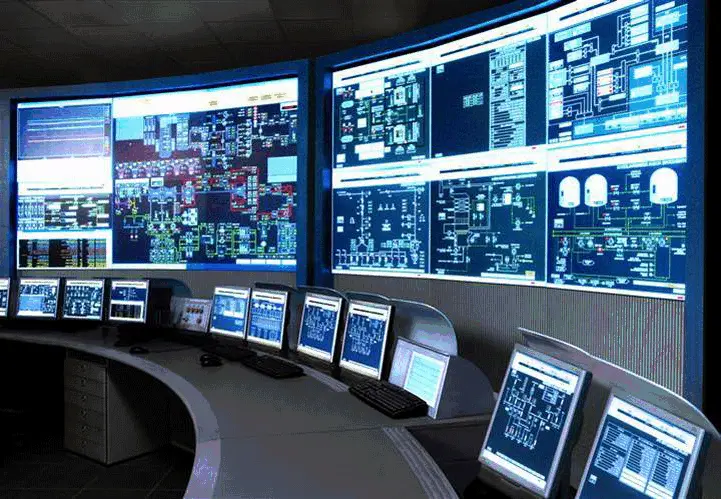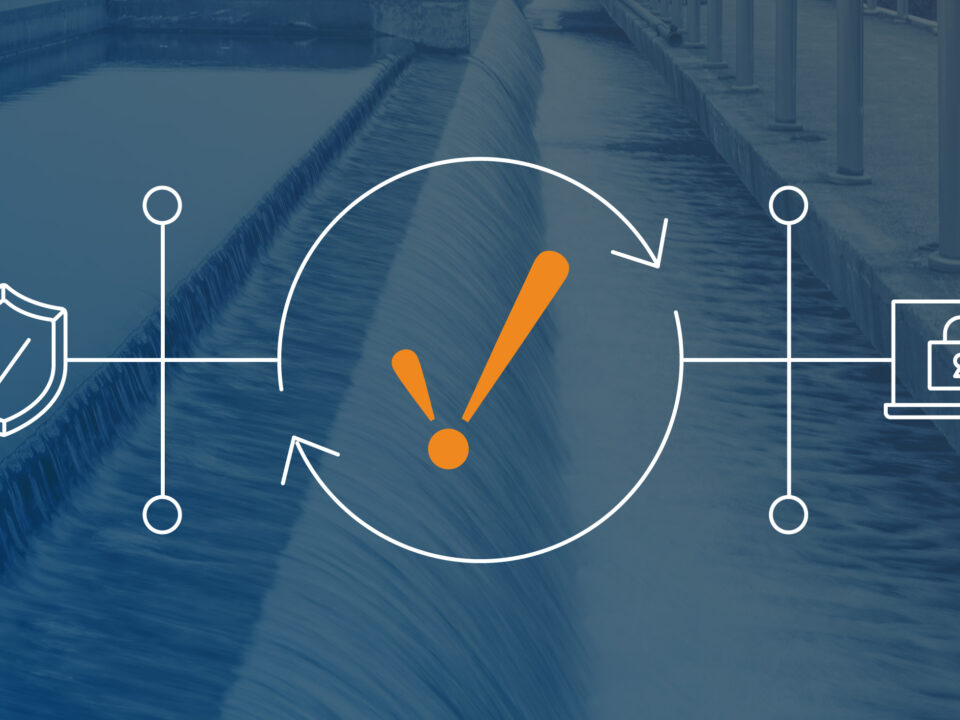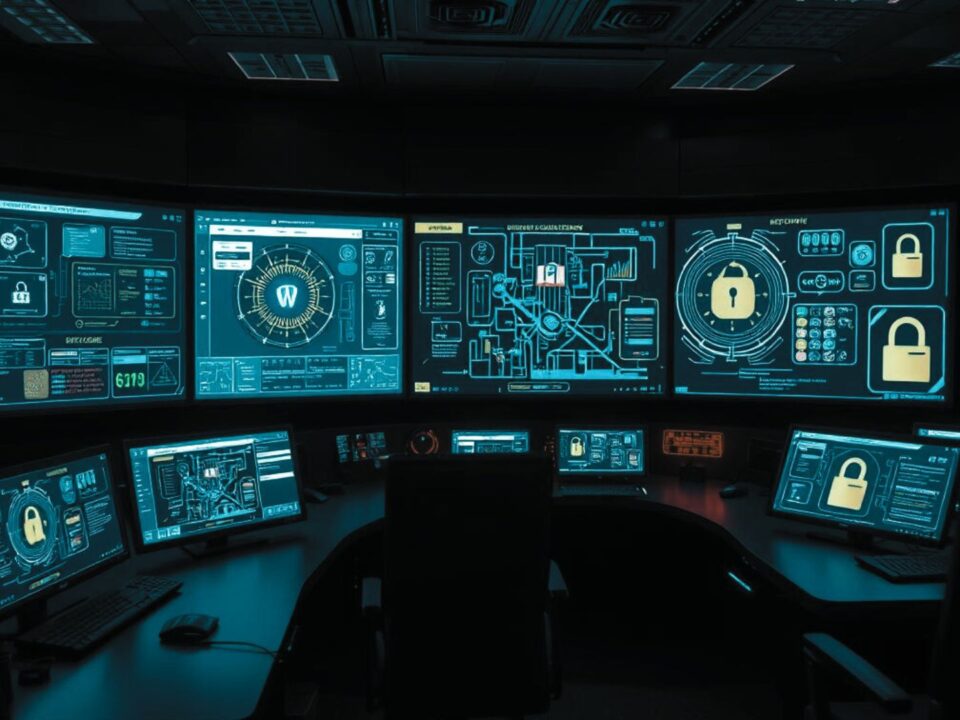How Tariffs Are Disrupting the Controls Integration Industry: Challenges in Procurement and Supply Chain
How Tariffs Are Disrupting the Controls Integration Industry: Challenges in Procurement and Supply Chain
Tariffs have long been used as a tool of economic policy, intended to protect domestic industries or pressure trade negotiations. However, in the world of controls integration, where precision, timeliness, and global sourcing are essential, tariffs can disrupt operations in profound ways. From cost hikes and supplier bottlenecks to severe delays in procurement, tariffs are introducing unprecedented challenges for control systems integrators across industries like manufacturing, oil & gas, food processing, and utilities.
This blog explores how tariffs are impacting the controls integration industry, with a focus on supply chain disruptions, increased costs, extended lead times, and strategic ways integrators can adapt.
Understanding the Controls Integration Industry
Controls integrators design, install, and maintain automation systems that manage critical processes in industrial settings. These systems include:
Programmable Logic Controllers (PLCs)
Sensors and instrumentation
Human Machine Interfaces (HMIs)
Electrical panels and motor control centers
To build these systems, integrators rely on globally sourced components, with many parts originating from countries like China, Germany, Japan, and Mexico. Tariffs that impact imports from these countries can affect everything from project budgets to client timelines.
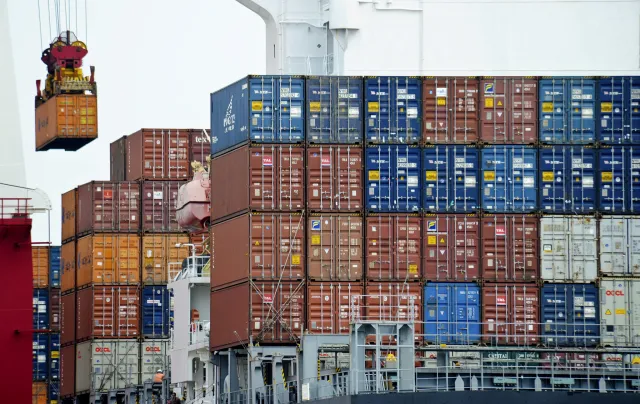
How Tariffs Disrupt the Controls Integration Industry
1. Rising Material and Component Costs
Perhaps the most immediate and visible impact of tariffs is the increased cost of imported components. When tariffs are applied to imported electrical and automation parts, suppliers pass those costs down to distributors and end users.
Examples of Affected Components:
PLC modules and I/O cards
Industrial relays and switches
Sensors and transmitters
Terminal blocks and DIN rail accessories
Specialized wire and cabling
A 10–25% increase in component cost, which might seem minor per item, quickly escalates in large-scale projects with hundreds or thousands of parts.
Business Impact:
Reduced profit margins
Higher project bids, reducing competitiveness
More frequent client pushback on pricing
In some cases, project cancellations or delays
2. Extended Lead Times and Procurement Delays
Tariffs often lead to trade slowdowns and customs bottlenecks, especially when new regulations are introduced with little notice. When companies scramble to find tariff-free alternatives, demand surges elsewhere, creating global backlogs.
Real-World Scenario:
A U.S.-based integrator sourcing PLC hardware from Asia may experience a 6- to 12-week delay compared to pre-tariff timelines due to both the tariff compliance paperwork and supplier backlog.
Challenges for Project Managers:
Timeline extensions for installations
Increased reliance on last-minute expedited shipping (at high costs)
Inventory misalignment across multiple projects
3. Supplier Bottlenecks and Limited Alternatives
As tariffs increase, some U.S. integrators turn to new suppliers in countries not affected by tariffs. However, this sudden demand shift leads to overburdened supply chains in those alternative regions.
Consequences of Supplier Bottlenecks:
Quality issues with new suppliers who are scaling too quickly
Inconsistent lead times or product availability
Limited customer service and tech support from new vendors
Difficulty validating new parts for compliance with UL, IEC, or CE standards
This bottleneck forces integrators to either delay projects or risk using unverified alternatives, which can introduce compliance risks.
4. Disruption in Long-Term Contracts and Bids
Many systems integrators work on projects with multi-month or multi-year timelines. When tariffs change mid-contract, the increased costs often can’t be passed on to the client due to fixed bid terms.
Risk Factors:
Fixed-price contracts become unprofitable
Suppliers may re-negotiate terms or pull out
Engineers are forced to redesign control panels or systems with alternate parts
This makes it extremely difficult for integrators to forecast pricing, procurement cycles, and overall project profitability.
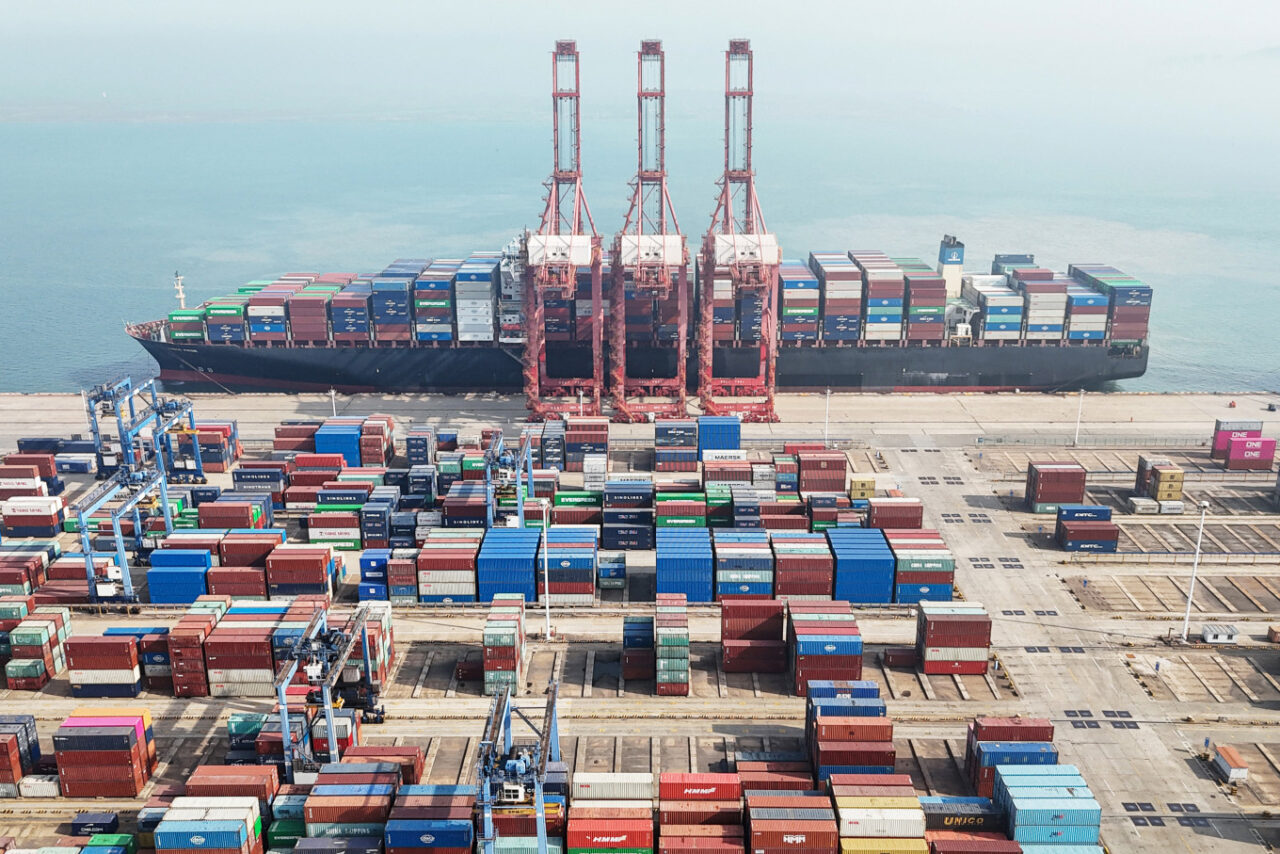

Commonly Asked Questions
Controls integration projects often require sourcing components from multiple countries. Tariffs interrupt that ecosystem and force integrators to:
Change suppliers mid-project
Redesign panels for availability instead of performance
Order in bulk and hold excess inventory, increasing storage costs
Handle unexpected customs issues, documentation delays, or reclassifications
Even components that aren’t directly tariffed can be affected due to tiered supply chains—where upstream parts are impacted, affecting final assembly lead times.
When switching to new vendors due to tariff restrictions, integrators must often retest systems to meet industry compliance standards like:
UL 508A
IEC 61131
CE marking
NFPA 70 and 79
ISO 9001
This adds time and cost to projects, especially when dealing with custom panels or process-specific automation systems. Certification bodies may also face backlogs, delaying product launches or installations further.
Clients often don’t fully understand how tariffs impact the cost and timeline of integration projects. Integrators are forced into difficult conversations, such as:
Justifying a 15% increase in system pricing
Explaining why a project is delayed 8 weeks due to unavailable hardware
Communicating risks of using substitute components
This creates friction in client relationships, and integrators must increase transparency and education to maintain trust.
Strategies for Integrators to Navigate Tariff Challenges
Despite the challenges, there are ways to mitigate risks and maintain competitiveness:
1. Develop a Dual-Sourcing Strategy
Build relationships with multiple suppliers across tariff and non-tariff countries to avoid over-reliance on a single source.
2. Forecast and Bulk Purchase Critical Components
Identify parts most affected by tariffs and buy in advance, storing inventory in anticipation of project needs.
3. Redesign with Locally Sourced Components
Where possible, reengineer systems using U.S.-made or NAFTA/USMCA-compliant components.
4. Partner with Tariff-Savvy Distributors
Work with vendors who are actively tracking tariff changes, offer guidance, and help navigate customs paperwork.
5. Educate Clients and Build Tariff Flexibility into Contracts
Add tariff clauses into contracts that allow for pricing adjustments based on trade changes.
6. Invest in Supply Chain Visibility Tools
Use digital tools to track inventory, delivery timelines, and supplier risk in real time.
The Long-Term Outlook for the Controls Integration Industry
Tariffs may not be going away anytime soon. In fact, geopolitical tensions, reshoring trends, and national security concerns suggest that some level of trade protectionism is here to stay. Controls integrators that adapt their sourcing, project planning, and client communication strategies will be better positioned to thrive in this evolving landscape. While tariffs have introduced challenges, they’ve also spurred innovation, flexibility, and greater supply chain resilience across the industry.
Tariffs are causing ripple effects across the controls integration industry, from rising component costs to supplier shortages and lead time nightmares. These disruptions impact every phase of an integration project—design, procurement, installation, and client support. However, by embracing flexible sourcing, proactive inventory planning, and clear client communication, integrators can protect their margins and deliver projects successfully—even in uncertain times.
In the end, the firms that emerge strongest will be those that treat tariffs not as obstacles, but as catalysts for process improvement, strategic partnerships, and smarter procurement decisions.


